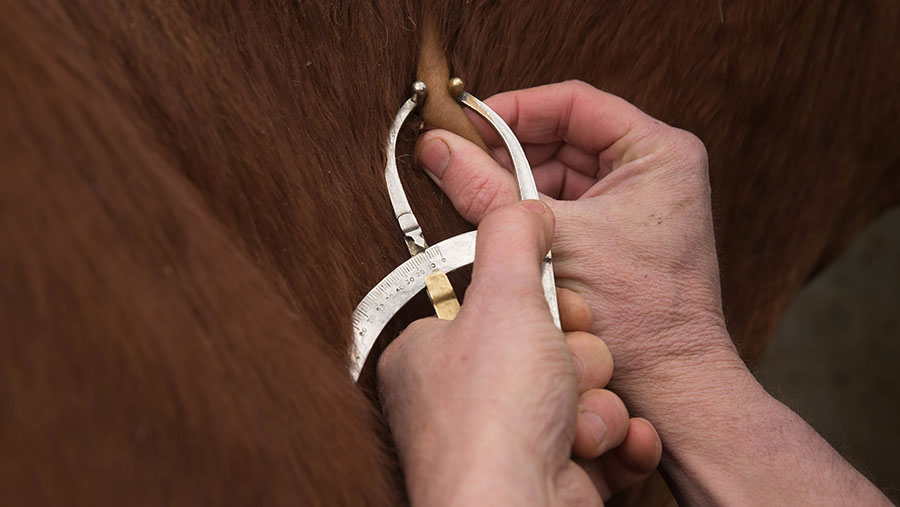Bovine TB on the rise in England
 © Tim Scrivener
© Tim Scrivener Nearly 40,000 cattle were slaughtered due to bovine TB in the UK over the past 12 months, according to the latest figures from Defra.
The staggering toll cost UK taxpayers more than £100m, mostly in compensation to farmers.
The figures show that cattle TB continues to rise in England, where 31,572 TB-infected cattle were culled in the 12 months to the end of September 2017. This is equivalent to a 6% increase year-on-year (from 29,762).
See also: How a beef enterprise has adapted to overcome bovine TB
There was a 23% rise in TB-infected cattle slaughtered in the “Edge Area” of the disease – an indication that the disease continues to spread out of areas where the disease is endemic, such as the South West and parts of the Midlands.
In Wales, however, where annual herd testing has remained across the country since 2010, there has been a slight drop in the number of animals condemned with TB.
Overall, 9,702 TB-infected cattle were culled over 12 months until the end of September 2017 – a 2% drop year-on-year (from 9,939).
Scotland has retained its official TB-free status; only 140 TB infected cattle were removed in the 12 months to September 2017.
The UK and Welsh governments are ramping up their efforts to eradicate bovine TB.
Six-monthly testing
Defra has announced that a stricter six-monthly testing regime for all herds in the high risk area will be in place from January 2018. Meanwhile, it has also suggested that the badger cull will be extended to new areas next year.
Wales has set itself the target of being TB-free as early as 2036.
NFU deputy president Minette Batters said: “Only by using all the available options – cattle testing, cattle movement controls, on-farm biosecurity and vaccination of badgers in areas on the edge of disease spread – will we stand a chance of controlling and eradicating this devastating disease, which led to more than 29,000 cattle being slaughtered in England last year.”
